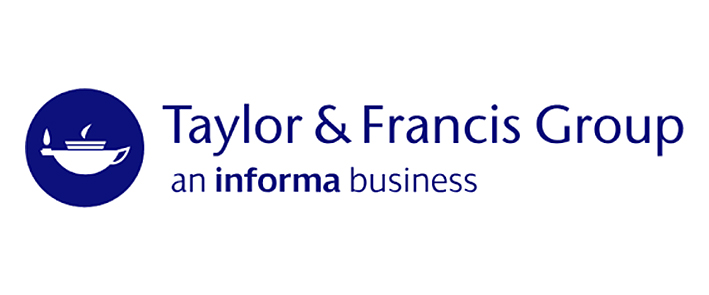MARC details
| 000 -LEADER |
|---|
| fixed length control field |
02535cam a2200241 i 4500 |
| 001 - CONTROL NUMBER |
|---|
| control field |
136278 |
| 003 - CONTROL NUMBER IDENTIFIER |
|---|
| control field |
ISI Library, Kolkata |
| 005 - DATE AND TIME OF LATEST TRANSACTION |
|---|
| control field |
20151103153942.0 |
| 008 - FIXED-LENGTH DATA ELEMENTS--GENERAL INFORMATION |
|---|
| fixed length control field |
140414t20142014maua b 001 0 eng |
| 020 ## - INTERNATIONAL STANDARD BOOK NUMBER |
|---|
| International Standard Book Number |
9780262028134 (hardcover : alk. paper) |
| 040 ## - CATALOGING SOURCE |
|---|
| Original cataloging agency |
ISI Library |
| 082 04 - DEWEY DECIMAL CLASSIFICATION NUMBER |
|---|
| Classification number |
512.62 |
| Edition number |
23 |
| Item number |
Sp761 |
| 100 1# - MAIN ENTRY--PERSONAL NAME |
|---|
| Personal name |
Spivak, David I. |
| 245 10 - TITLE STATEMENT |
|---|
| Title |
Category theory for the sciences / |
| Statement of responsibility, etc |
David I. Spivak. |
| 260 ## - PUBLICATION, DISTRIBUTION, ETC. (IMPRINT) |
|---|
| Place of publication, distribution, etc |
Cambridge : |
| Name of publisher, distributor, etc |
MIT Press, |
| Date of publication, distribution, etc |
c2014. |
| 300 ## - PHYSICAL DESCRIPTION |
|---|
| Extent |
viii, 486 p. : |
| Other physical details |
illustrations (some color) ; |
| Dimensions |
24 cm. |
| 504 ## - BIBLIOGRAPHY, ETC. NOTE |
|---|
| Bibliography, etc |
Includes bibliographical references (pages 475-478) and index. |
| 505 0# - FORMATTED CONTENTS NOTE |
|---|
| Formatted contents note |
1. Introduction--<br/>2. The category of sets--<br/>3. Fundamental considerations in set--<br/>4. Categories and functors, without admitting it--<br/>5. Basic category theory--<br/>6. Fundamental considerations of categories--<br/>7. Categories at work--<br/>References--<br/>Index. |
| 520 ## - SUMMARY, ETC. |
|---|
| Summary, etc |
This book shows that category theory can be useful outside of mathematics as a rigorous, flexible, and coherent modeling language throughout the sciences. Information is inherently dynamic; the same ideas can be organized and reorganized in countless ways, and the ability to translate between such organizational structures is becoming increasingly important in the sciences. Category theory offers a unifying framework for information modeling that can facilitate the translation of knowledge between disciplines. Written in an engaging and straightforward style, and assuming little background in mathematics, the book is rigorous but accessible to non-mathematicians. Using databases as an entry to category theory, it begins with sets and functions, then introduces the reader to notions that are fundamental in mathematics: monoids, groups, orders, and graphs -- categories in disguise. After explaining the big three concepts of category theory -- categories, functors, and natural transformations -- the book covers other topics, including limits, colimits, functor categories, sheaves, monads, and operads. The book explains category theory by examples and exercises rather than focusing on theorems and proofs. It includes more than 300 exercises, with selected solutions. Category Theory for the Sciences is intended to create a bridge between the vast array of mathematical concepts used by mathematicians and the models and frameworks of such scientific disciplines as computation, neuroscience, and physics. |
| 650 #0 - SUBJECT ADDED ENTRY--TOPICAL TERM |
|---|
| Topical term or geographic name as entry element |
Science |
| General subdivision |
Mathematical models. |
| 650 #0 - SUBJECT ADDED ENTRY--TOPICAL TERM |
|---|
| Topical term or geographic name as entry element |
Categories (Mathematics) |
| 942 ## - ADDED ENTRY ELEMENTS (KOHA) |
|---|
| Source of classification or shelving scheme |
Dewey Decimal Classification |
| Koha item type |
Books |


























